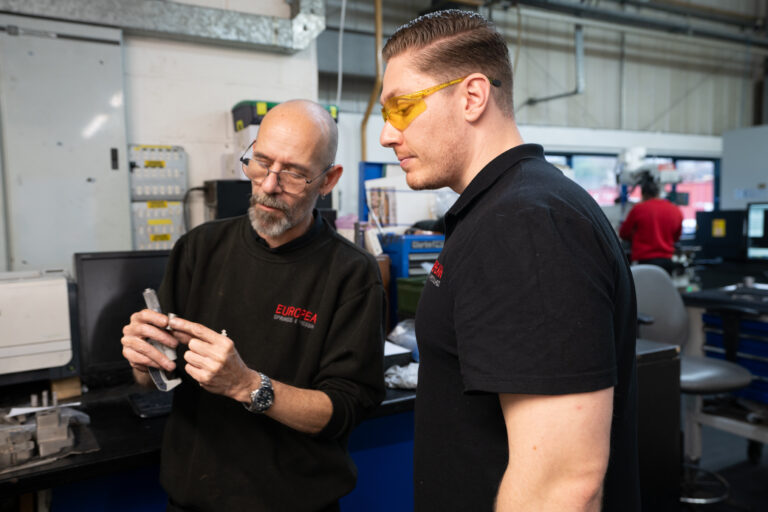Insects: Engineering Wonders
07/07/2015 Insects and engineering; these may seem like rather strange bedfellows, but in reality, nothing could be further from the
Home › News & Updates › Page 36
07/07/2015 Insects and engineering; these may seem like rather strange bedfellows, but in reality, nothing could be further from the
02/07/2015 Everybody is familiar with leap days; every four years an extra day is added to the calendar and we
29/06/2015 We've come a long way with transport since the times when a trip from Europe to the Americas took
17/06/2015 It’s been predicted that hospitality may be the first industry to introduce robots in the role of every day

10/06/2015 As Jack and Jill have shown us, the path to becoming an engineer involves a great deal of hard-work
05/06/2015 Octopuses are masters of deception. They’re camouflage experts and when it comes to blending in, they’ve got it covered.
26/05/2015 As regular readers of our blog will already know, the subject of biomimetics – biologically inspired engineering – is
19/05/2015 The medical industry could soon see the introduction of a robotic arm designed to perform keyhole surgery, while taking
12/05/2015 Forget 3D printing, 4D is set to be the future of additive manufacturing – well, maybe. At the moment

And even if we don’t have exactly the tool we need, European Springs’ in house technology enables us rapidly to design and make complex tools, allowing us to offer more competitive prices.



© Copyright 2025 | European Springs
Designed, Promoted and Powered by SQ Digital